« A shelter in the folds of the infinite », Paris
« A shelter in the folds of the infinite »
with Jonathan Binet, Lorraine Châteaux, Michael Debatty, Basile Ghosn, Ray Johnson, Sarah Ortmeyer w/ Kerstin Brätsch, Paloma Proudfoot
curated by Eloi Boucher
Including a completely new body of work and two site-specific installations by Michael Debatty and Jonathan Binet made for Sans titre (2016)’s space, the exhibition « A shelter in the folds of the infinite » proposes new surrounding architectures by bringing together a selection of works by artists Lorraine Châteaux, Basile Ghosn, Ray Johnson, Sarah Ortmeyer w/ Kerstin Brätsch and Paloma Proudfoot. The eight artists design irregular forms that alter our experiences of buildings and structures, playing with relationships humans have with spaces or materials. The show is inspired by the practice of architect and landscape designer Roberto Burle Marx, especially his concept of gardens and ‘floors in movement’. The unique combination of rigorous organization of space and the natural disorder of plants set free to grow as they will, created a cross-over between the surrounding environment, fragmentation of perspective and volumes constantly changing depending on the season and climate change. As an admirer of the curve and the root, he was able to establish a complete and lively work by presenting free forms incorporating texture as a key element of urban planning.
The title of the show is borrowed from the last sentence of Nathalie Haddad’s article on the architecture practice of John Lautner in Frieze (2009): « Lautner’s stylistic break from exacting geometries coincides with his transition to concrete as his primary structural material and to the folds of the earth. The concrete ‘shell’ became the metaphor and the medium for man’s flight away from the civilisation into the shelter of nature. »
Through performative paintings, Jonathan Binet (1984) confronts his body to architecture. Signs and imprints guide the viewer’s steps to the heart of a fiction that progresses in space. A mental cell and the setting of a plot, the stigmata and interventions left by the artist constitute the clues. Binet conceives protocols in his studio which he then adapts to the exhibition space according to his physical and architectural criteria. For ‘A shelter in the folds of the infinite’, the artist presents a new body of drawings made of nicotine which he inhales and expels directly on the gallery walls. The layout encompasses space and brings all the works together in one system.
Lorraine Châteaux (1986) designs her sculptures in the same way as an architect or a designer rethinks the objects and shapes that surround us. Having lived for almost twenty years in a flat built during the 1970s by Jean Renaudie and Renée Gailhoustet, where angles did not allow the furniture to fit properly, Châteaux anticipates and reconfigures objects. The concrete sculptures presented in this exhibition were produced in collaboration with a craftsman specialized in the decorative technique of rock gardens. They emanate from the gallery floor to become autonomous mini-architectures.
Michael Debatty’s (1988) paintings and sculptures establish in the exhibition an ephemeral relationship between solid and voids. They have an instinctive, primitive and sensory character. The volumes – he designed specifically for the exhibition – were imagined as fragments of a previous ground floor. In his paintings, Debatty orders the chaos of the forms by giving them a relief, a materiality that makes them stand out from the canvas and which then becomes an ethereal universe in which one can imagine oneself floating. The raw material on which he works also becomes the object of what he depicts: solidifying and resonating liquid products with textured fades. He uses a very strength color pallet including whites, grays, blacks and blues which immerse the viewer in an airy and ethereal universe but just as equally dark. Furthermore, behind technical, the ‘wiping’ and the ‘airbrush’, Michael Debatty deconstructs his images by erasure and alteration which lead us to compositions that are sometimes anthropomorphic.*
Through a work of manual composition and graphic construction, Basile Ghosn (1991) recasts his personal archives and his own urban memories. His image base is drawn from the edifices of Roberto Burle Marx’s colleague Oscar Niemeyer as well as anonymous mass modernist buildings, like the seaside resorts of the Lebanese coast, or the Beirut’s Holiday Inn, destroyed in the war in 1975. Through hijacked procedures of serial fabrication like scanning, screen-printing or even engraving, he delivers us image-illusions. Ghosn attempts to reestablish a new social order and aesthetic by letting us perceive utopic fields.
Ray Johnson (1927-1995) was a seminal figure of the New York art scene in the 60’s and 70’s. Primarily a collage artist, he is considered as the Founding Father of Mail Art and pioneered the incorporation and use of language in the visual arts. Throughout his life, Ray Johnson mailed a tremendous number of collages, drawings, and printed matter to friends and colleagues. Jonhson’s initial collages were mainly abstract works made of cut, painted and distressed paper strips and irregular designs. He referred to these early collages as « moticos », a term he coined and used for several different elements in his work, including these collages and early poetic texts that he wrote at this time and exhibited on sidewalks, in coffee shops, in New York’s Grand Central station or in public places. « I’m interested in things and things that disintegrate or fall apart, things that grow or have additions, things that grow out of things and processes of the way things actually happen to me. »
The works of Sarah Ortmeyer (1980) presented in the show refer to chess. The game, which allows countless constellations, symbolizes in its form polar forces such as light and shadow, good and evil or heaven and hell. The chessboard paintings on metal or wood seem monochrome at first sight; in fact, sky representations are hidden behind the light-and-dark formatting. The formal clarify continues in the symmetry of ostrich eggs placed on metal bars. The ‘MONSTER’ series is a collaboration between Ortmeyer and Kerstin Brätsch (1979). The works combine marbling techniques and ostrich eggs, icons of the infinite creation. In the context of this specific exhibition, the art of chess could be seen in relation to the lawn of Parque Burle Marx, the former residence of Francisco Pignatari.
Paloma Proudfoot (1992) uses sculptural objects as characters, a set of players that repeat, morph and re-emerge across different works through installation and performance. Using slip-casting to make hollow ceramic husks, Proudfoot manipulates these casts creating concave cheeks, gutted bellies and protruding spouts. « And the preservative properties of mire are self-evident, to the point that one finds in such ground, bodies intact despite life having left them millennia ago. A natural embalmment retaliates. This double character of finitude and conservation, of vice and virtue, long permeates the imagination of the artist who crushes the flesh of the earth. »
– Eloi Boucher
*produced with the support of FWB - Fédération Wallonie-Bruxelles
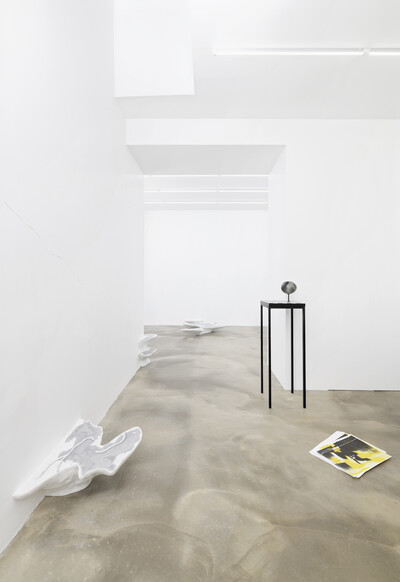
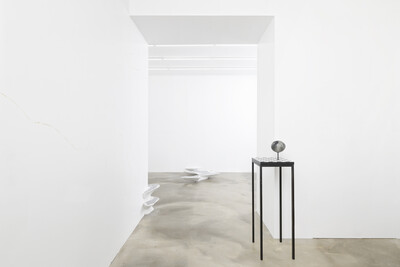
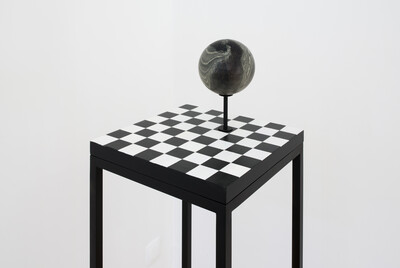
Sarah Ortmeyer, NATALIA II, 2016, paint on wood, table, 35 × 35 × 100 cm, unique & Sarah Ortmeyer w/ Kerstin Brätsch, MONSTER IV, 2016, ink on ostrich egg, unique
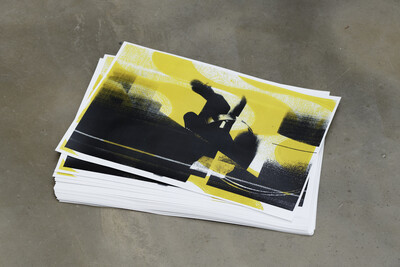
Basile Ghosn, The boy from Ipanema, 2020, poster in two colour passages, 29.7 × 42 cm
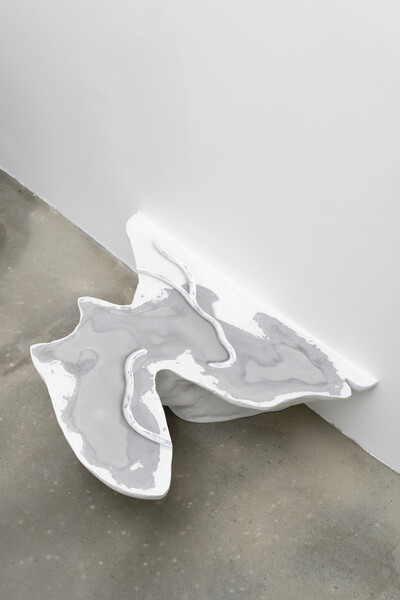
Michael Debatty, Map & Territory I, 2020, Jesmonite white marble, acrylic, air brush, 67 × 49 × 20.5 cm, unique
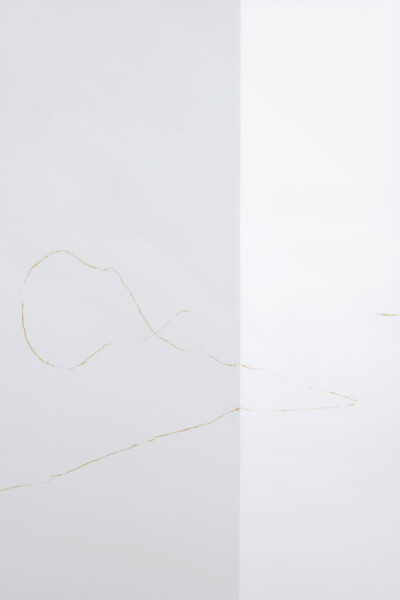
Jonathan Binet, Wall drawings (Nicotine) (detail), 2020
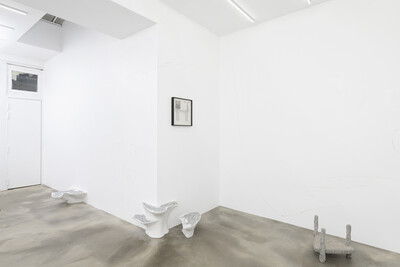
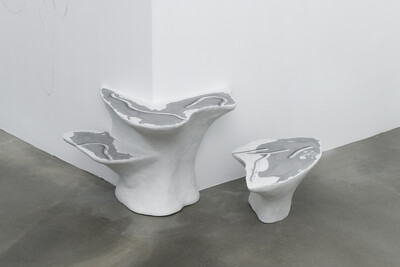
Michael Debatty, Map & Territory II, 2020, Jesmonite white marble, acrylic, air brush, 58 × 51 × 37.5 cm, unique & Map & Territory III, 2020, Jesmonite white marble, acrylic, air brush, 56.5 × 29.5 × 19 cm, unique
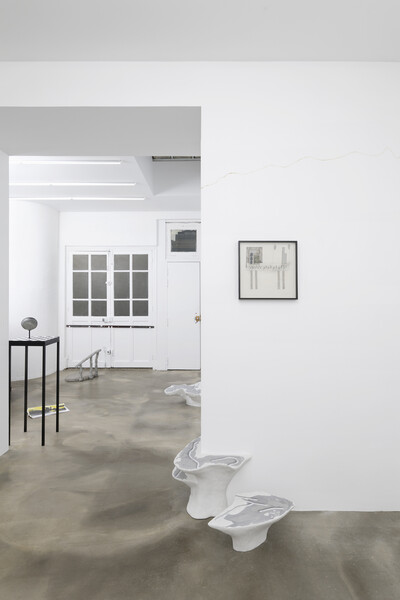
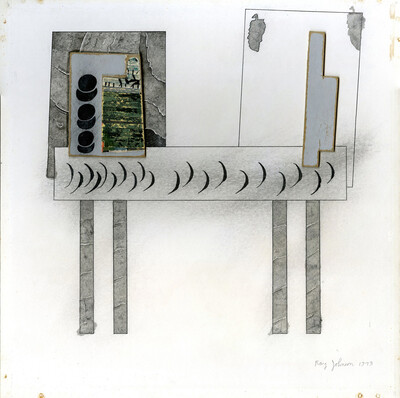
Ray Johnson, Fingernail table, 1973, collages on carton, 38.2 × 38.2 cm, unique
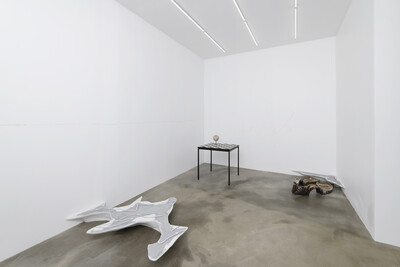
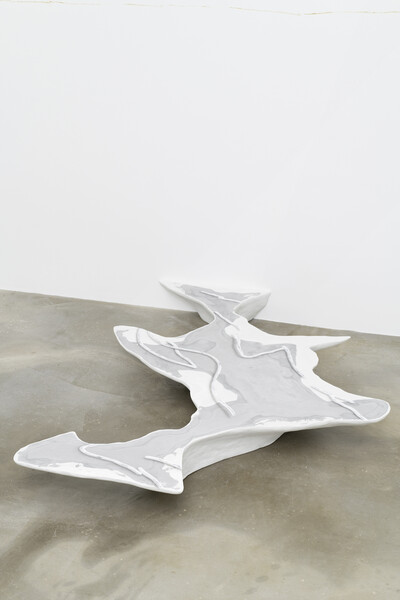
Michael Debatty, Map & Territory IV, 2020, Jesmonite white marble, acrylic, air brush, 135 × 111 × 14 cm, unique
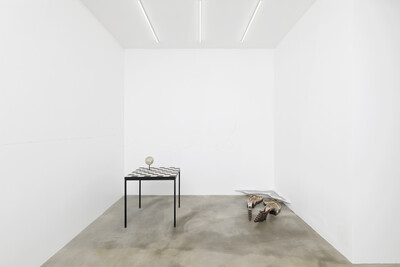
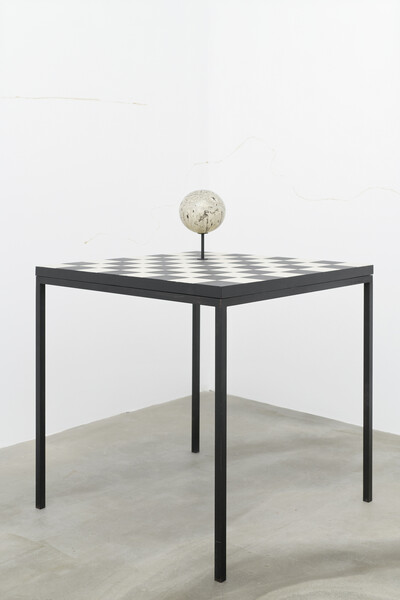
Sarah Ortmeyer, NATALIA VIII, 2016, paint on wood, table, 70 × 70 × 70 cm, unique & Sarah Ortmeyer w/ Kerstin Brätsch, MONSTER VIII, 2016, ink on ostrich egg, unique
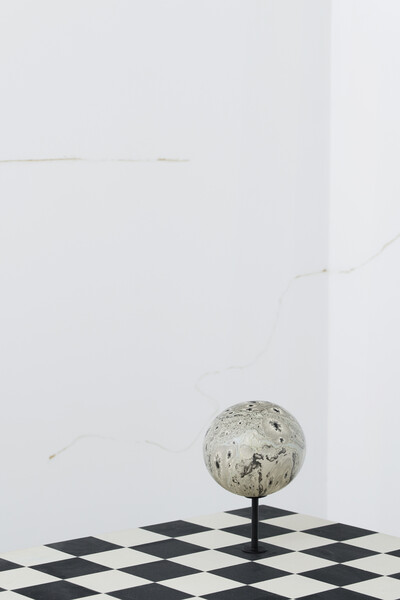
Jonathan Binet, Wall drawings (Nicotine) (detail), 2020 & Sarah Ortmeyer w/ Kerstin Brätsch, MONSTER VIII, 2016, ink on ostrich egg, unique
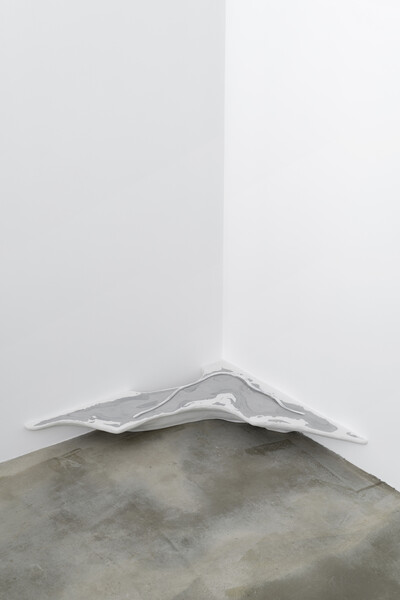
Michael Debatty, Map & Territory V, 2020, Jesmonite white marble, acrylic, air brush, 112 × 48 × 11 cm, unique
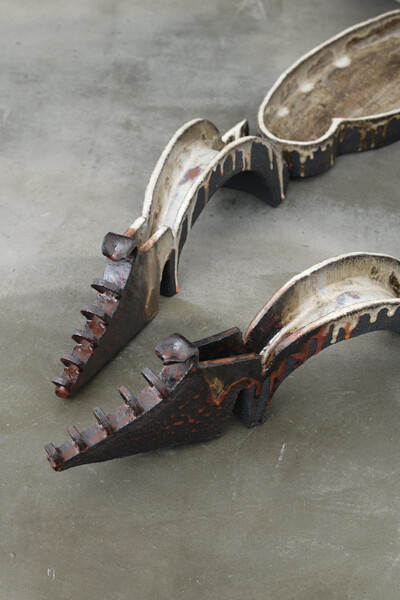
Paloma Proudfoot, Private Pool (detail), 2018, glazed ceramic, 17 × 110 × 94 cm, unique
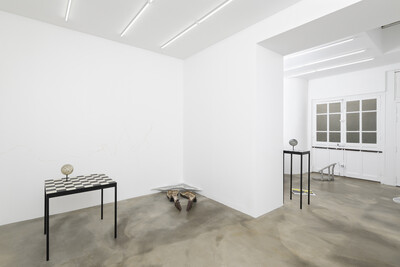
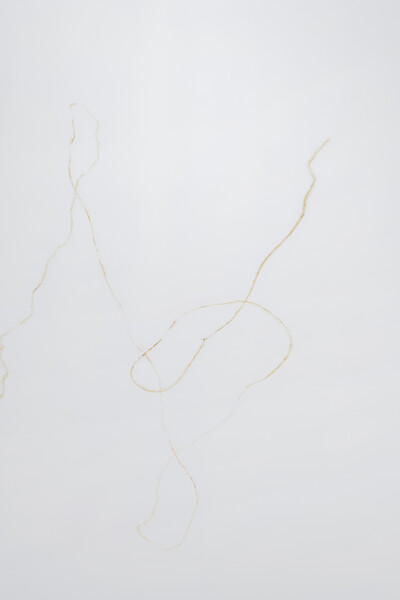
Jonathan Binet, Wall drawings (Nicotine) (detail), 2020